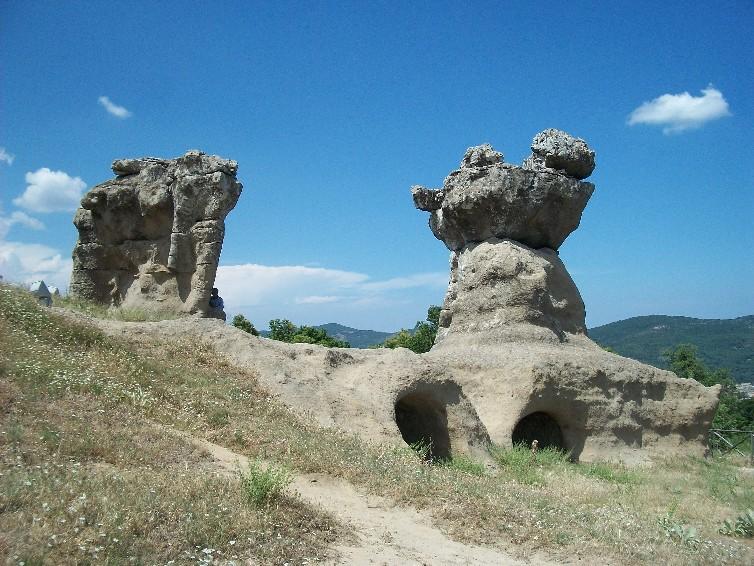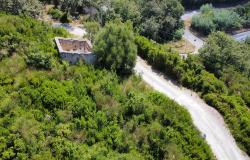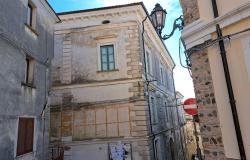One hour’s drive from the coast at Torretta, on the sole of the foot of Italy on the Ionian coast of Calabria, is a town where there are giants. I Giganti di pietra dell’Incavallicata (the stone giants of Incavallicata) are two mysterious monoliths that dominate the landscape just metres from the main street of the town of Campana.
There are two theories concerning these giant stone sculptures: one is that they are natural, the results of climactic erosion; and the other theory is that they are carved by man, precisely by a subterranean community that once lived in the area.
The region is relatively rich in prehistoric remains and has been of constant interest to archaeologists for many years; their numerous finds, which date up until the Iron Age, have been distributed to the many museums throughout the region of Calabria and the Crotone area.
The two structures are three-metres apart and are referred to as the Cyclops and the Elephant. The Cyclops is the most difficult to distinguish due to erosion, but with imagination you can see two knees and the legs below them; the remains of the body lie upon the ground beside the legs. Below the Cyclops are caves carved out of the land; it’s these caves that suggest that there was once an ancient civilisation that chose to spend part of their lives living underground.
The second of the giants is a beautifully carved elephant, and it’s this structure that puzzles the theorists that insist the columns are the result of natural forces. Those that contest the natural notion claim that it is possible this structure was carved during the period when Pyrrhus and Hannibal colonised Italy and brought with them elephants from Asia.
Standing at five metres and despite the obvious erosion, the shape of an elephant is obvious to everyone who has studied it. One camp of archaeologists claims that the sculpture is that of Elephas Antiquus, a pachyderm from the late Pleistocene period. Fossils of this relative of the Indian elephant have been discovered in the Pollino Massif in the region of Basilicata, proving that southern prehistoric Europe was once inhabited by this direct decedent of the Asiatic elephant.
We may never discover the truth and whether these giants are a clever medieval fake. Are they natural creations, or carved by a race of people long passed away? Either way, they remain as intriguing as England’s Stonehenge and the mysterious stone heads of Easter Island.








